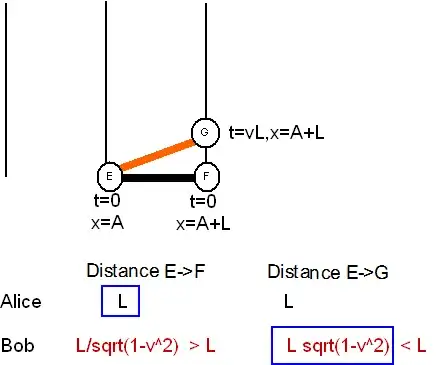In Special Relativity I recall the following two definitions:
proper length $L_0$: it is the length of an object measured in an inertial frame S in which the object is at rest. In S the endpoints of the object can be measured at different times or simultaneously, both methods yielding (in S) the same result. In all other inertial frames (moving with respect to S) the measured length $L$ is less then $L_0$: $$L = \frac{L_0}\gamma<L_0.$$ I think that I can say that the length, measured where the object is at rest, is the maximum measurable length of the object.
proper distance $\sigma$: it is the invariant spacelike interval between two events A and B. If they lay in the x axis of an inertial frame the (square of the) proper distance is: $\sigma ^2=\Delta x^2-c^2\Delta t^2$. Assuming that in S the events A and B are a rest and assuming that they occur at the same time: $$\sigma ^2=\Delta x^2.$$ I think that I can say that $\Delta x$ is the spatial distance measured in S between the two events at rest.
Here my misunderstanding: can I say that in S, where all is at rest, this spatial distance is the length of an object whose endpoints coincide spatially with the two simultaneous events A and B? That is, can I say that: $$L_o=\Delta x?$$
If no, why not?
If yes, since the proper distance for the same two events A and B for the frame S' moving with respect to S along the $x$ axis is $\sigma^2=\Delta x'^2-c^2\Delta t'^2$, from the invariance of $\sigma$ (that is $\Delta x^2=\Delta x'^2-c^2\Delta t'^2$) follows that $\Delta x'^2=\Delta x^2+c^2\Delta t'^2$. But then $\Delta x'>\Delta x$ for every S', so $\Delta x$ (the length, measured where the object -that is, the spatial distance between the two events A and B- is at rest) is the minimum measure of the lenght!
Seemingly, I have two different ways to measure the length (at least when the endpoints of the object can be measured simultaneously), one yielding a maximum, the other yielding a minimum... and I'm a little confused!
I know that I'm doing a mistake, can please somebody help me to find it?
Thank you
er

